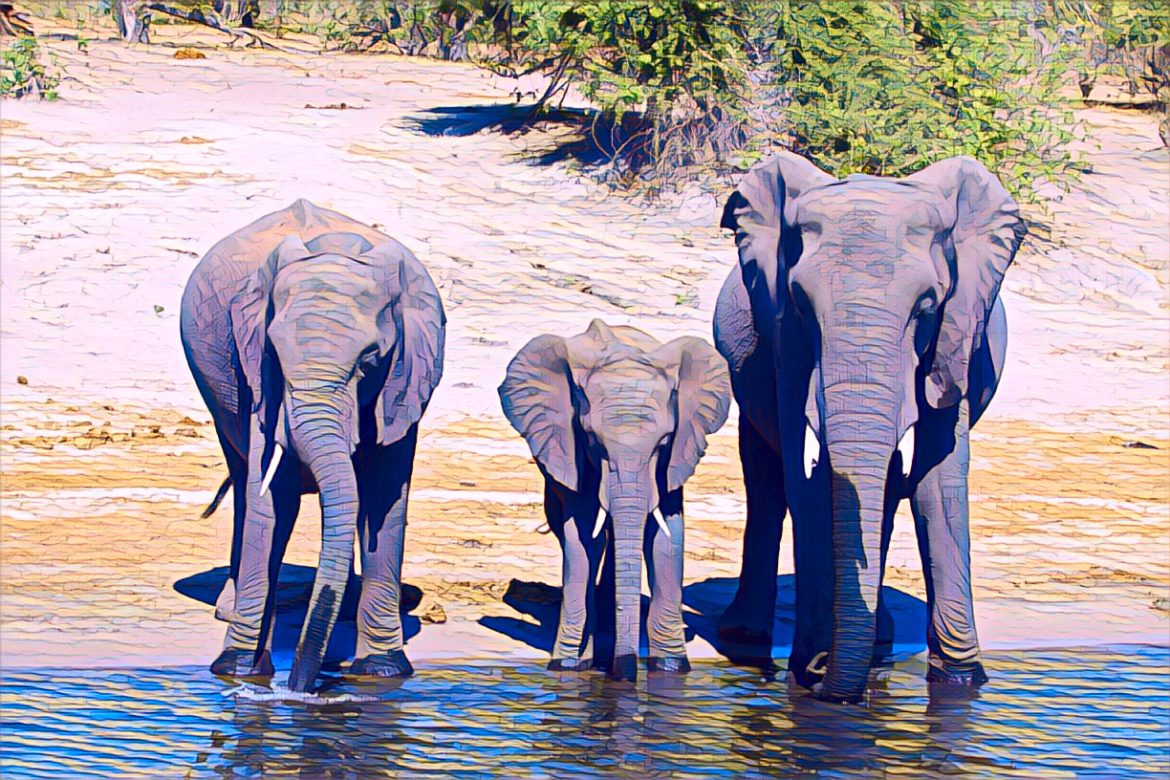KEY POINTS
- Zimbabwe fights poaching with new legislation and better antitrafficking.
- Wildlife trafficking threatens biodiversity and economic stability in Zimbabwe.
- Collaborative global efforts are helping reduce wildlife poaching in Zimbabwe.
Among the major threats to the bio-diversity; particularly in Africa, is wildlife trafficking. This is so because Zimbabwe, the country with some of the famous species in the African continent has been at the forefront of fighting poaching.
This effort is important not only to the program to conserve and sustain natural heritage, but also to the maintenance of other economic assets and the survival of endangered species.
The nature and extent of wildlife trafficking in Zimbabwe
Zimbabwe has a large population of elephants and rhinos and thus conserves wildlife in large numbers.
However, it is due to this that the country is under high risk of being hunted by poachers motivated by the value of ivory, rhino horns and other products from wildlife. The illegal wildlife trade is a significant issue, with various species being poached and trafficked.
This is one of the biggest cases of the suffering of elephant populations which has been mostly caused by poaching. Poachers use nasty ways to catch these animals, including use of poison in water sources to affect all the animals in the area including other species of animals.
It can also have risks on human life and other animals that are found within ecosystems all across the world.
Zimbabwe’s strategies against poaching
Urged by these facts, Zimbabwe has introduced various measures to fight against the wildlife trafficking. One of these strategies has been the enhancement of the anti-poaching formations within the whole park system of the country.
These units are equipped with advanced technologies, such as drones and GPS tracking, to monitor wildlife and intercept poachers. Surveillance has been eased by the use of drones, possibly making it hard for the poachers to launch their raids without being followed.
Community involvement has proven crucial in the fight against poaching. Initiatives like the Dande Anti-Poaching Unit (DAPU) empower local communities to participate in conservation efforts.
These programs assists by offering the resources, knowledge and encouragement to community scouts who would otherwise further harm wildlife for their own gains. This makes the community embrace responsibility for wildlife conservation on their own since the ownership of the land is with them.
Challenges and opportunities
However, challenges continue to exist even after implementing of these measures. Zimbabwe thus suffers from low funding for conservation, which makes anti-poaching units poorly manned and equipped.
Also, other international market demands make poaching more and more possible, as people still demand wildlife products. Corruption and lack of effective law enforcement has also been a challenge in trying to lock the wildlife criminals. The effects of the prohibited wildlife business have been enormous whereby Zimbabwe has been affected severally through poaching.
Although, there has been a rise in poaching activities across the world, Zimbabwe’s battle has revealed encouraging signs. By collective measures, the degradation of poaching incidents has been observed in the country in recent years.
These positive outcomes were made possible by improved technology in an effort to guard wildlife.
The way forward
To sustain these gains, in Zimbabwe, there is need to direct more resources into the development of conservation technologies and partnerships.
This means that enhanced cooperation with neighboring countries can increase cross boarder surveillance, and curb cross border wildlife trafficking syndicates.
Further, raising awareness on the subsequent generation could help in development of a protection policy on wildlife conservation. A prospect should be made in this regard through training centres and education programs.
Tourism, particularly wildlife tourism since it’s a major economic fungible in Zimbabwe will improve through improved wildlife conservation measures.
Thus, protection of the iconic species will guarantee that people will continue to visit the national parks since they are critical tourism destinations whose returns can be injected back to conservation.
It is also crucial to appreciate anti-poaching support efforts not only in the intent to preserve wildlife but also the tourisms economy.
Conclusion: A fight worth fighting
These examples are good indication of Zimbabwe’s determination in the fight against poaching in order to preserve its wildlife treasure.
Still it has not reached great success, but seeing what has been done up to now opens up a glimmer of possibility that wildlife could survive in a world much like ours.
Zimbabwe is not only protecting its cultural and natural heritage. It is also making a point that it is among the few countries in the world which take conservation seriously.


